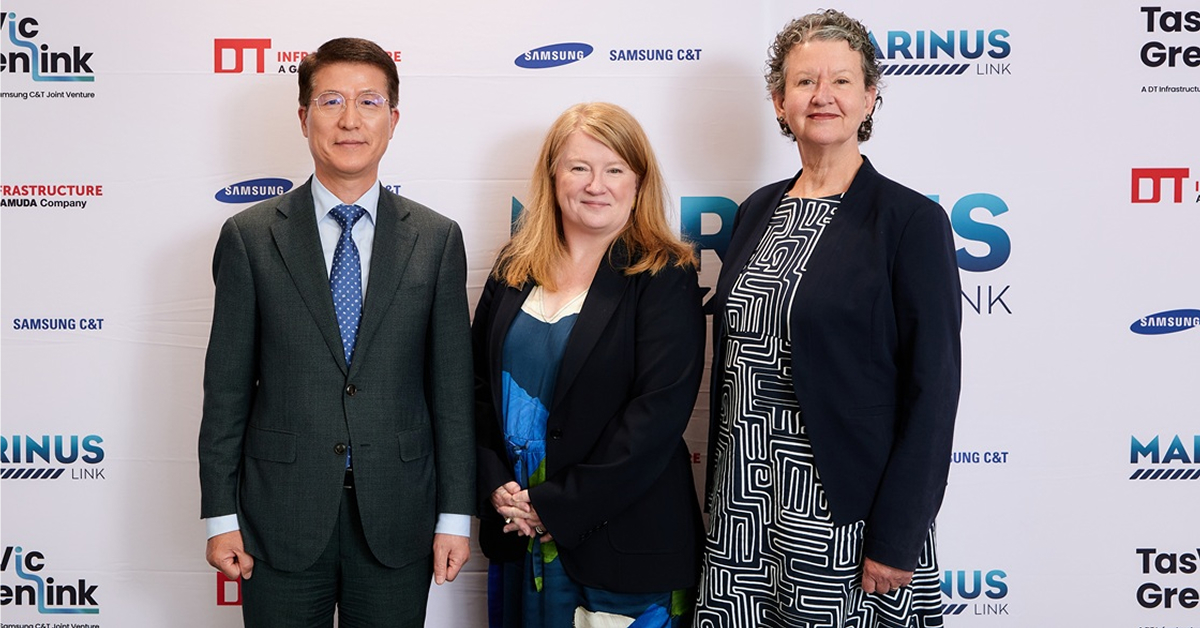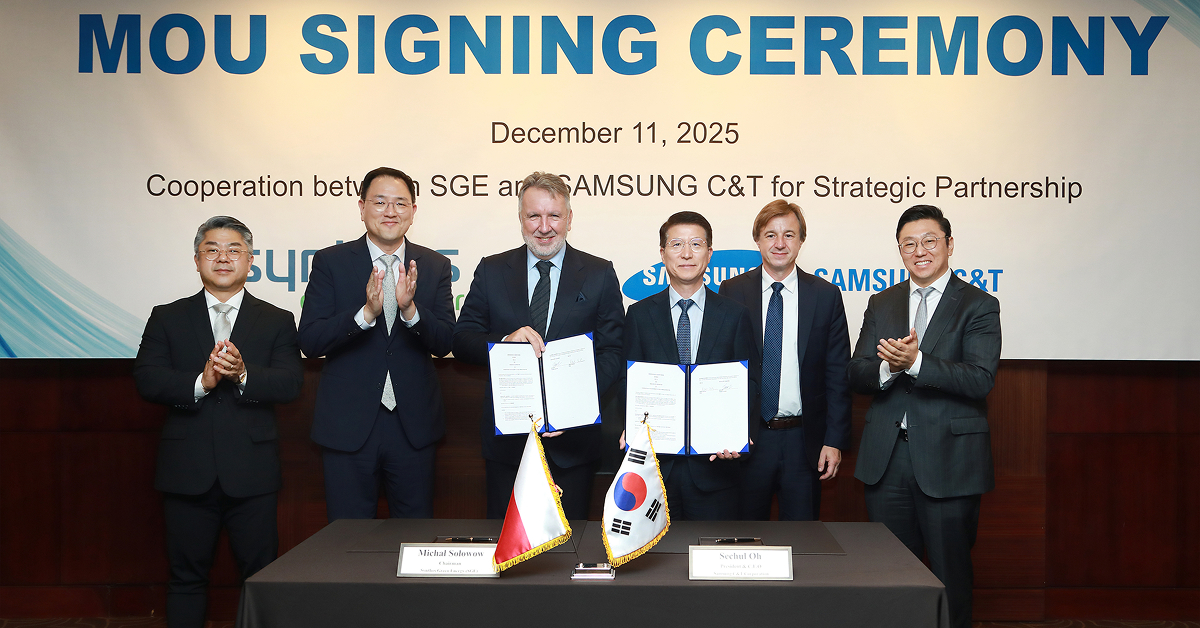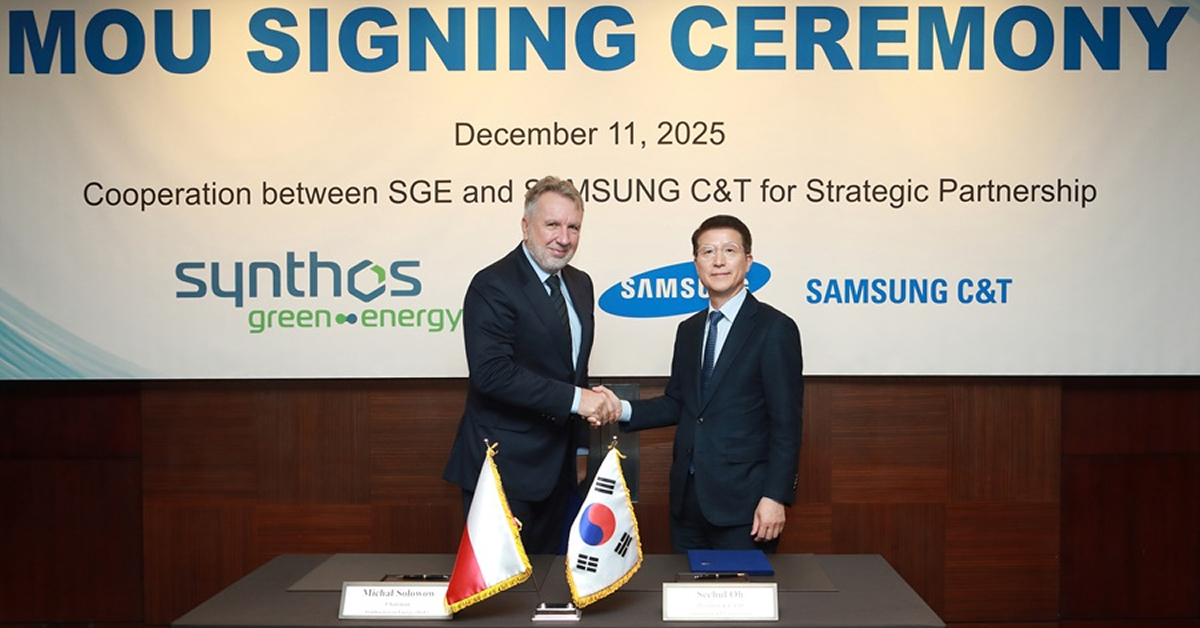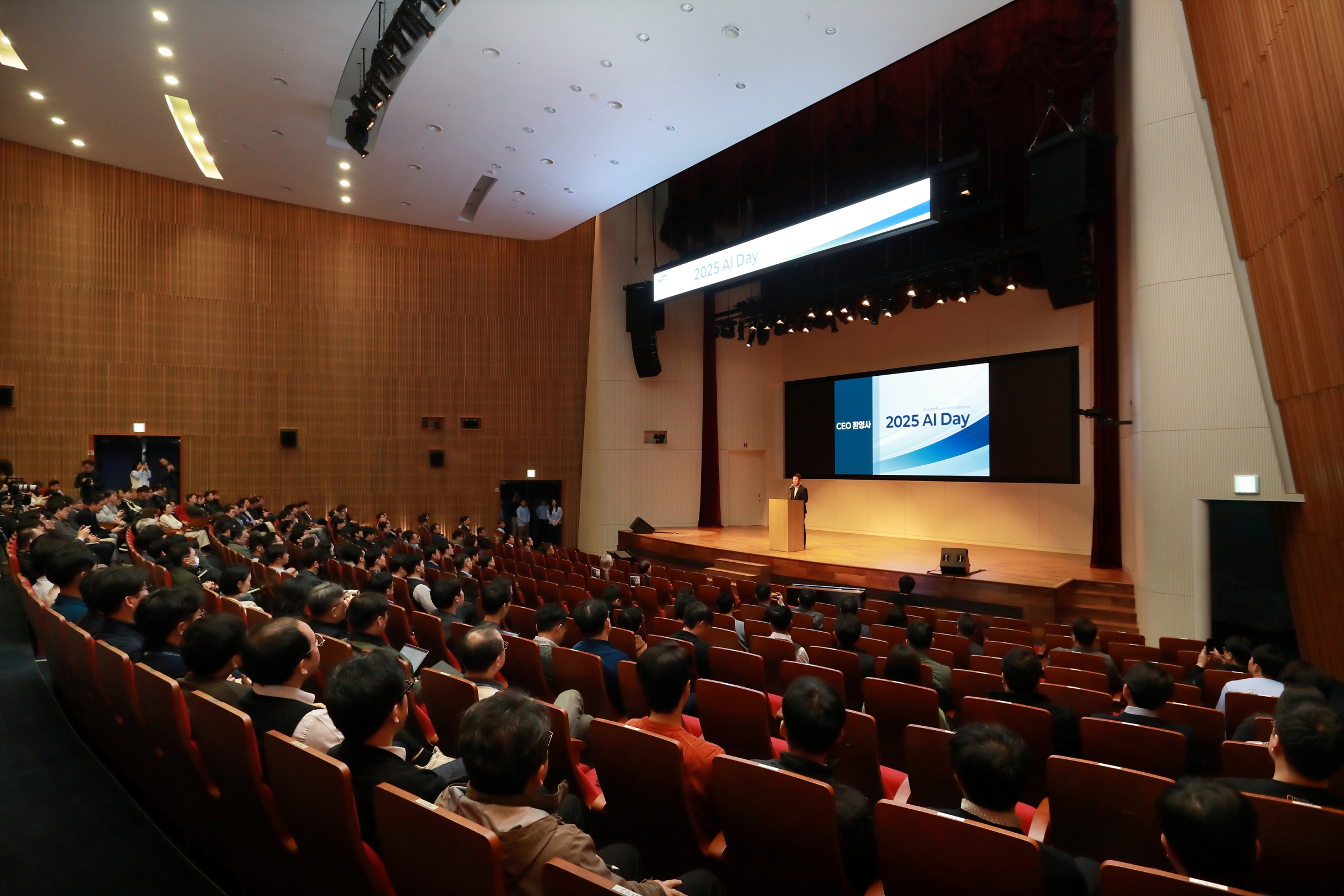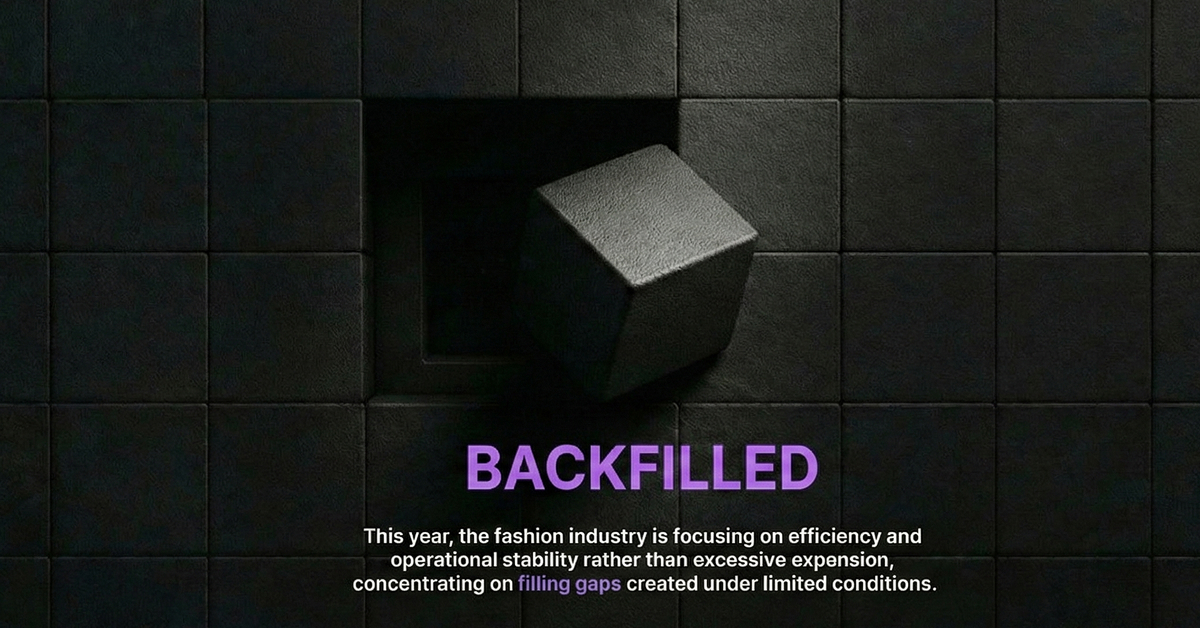Dongdaemun Design Plaza, constructed by Samsung C&T Engineering and Construction (E&C) Group, is the world’s largest 3D amorphous structure and is recognized for its innovative design and cultural significance. Built on the historic site of the Dongdaemun Stadium, the DDP serves as a vibrant hub for art, design, and community engagement in the heart of Seoul.
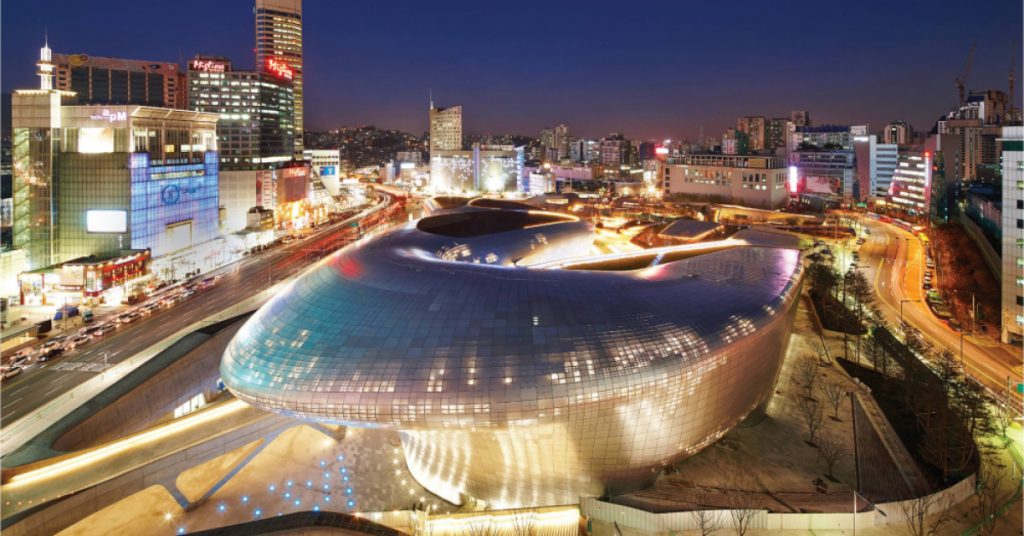
The Dongdaemun Design Plaza (DDP) is a cultural landmark that helped redefine Seoul’s architectural landscape. The design of the DDP reflects a commitment to merging history with modernity. The building’s site was originally home to Dongdaemun Stadium. Designed by the renowned architect Zaha Hadid, the DDP is an architectural marvel with a stunning metal facade and delicate interiors crafted with precision and high-quality materials, captivating all who visit.
Despite opposition to the building’s construction, the DDP has become a significant landmark in Seoul for art, design, culture, and tourism, establishing itself as a “new paradigm of urban planning and design.” With the recent completion of Malaysia’s Merdeka 118, also built near a sports stadium with historical significance, it is fascinating to revisit the story of the DDP and explore its historical and cultural significance

Architectural Brilliance in the Heart of Seoul
The DDP is an architectural wonder that pushes the boundaries of conventional design, presenting fluid forms that blend harmoniously with the urban environment. After opening in 2014, the DDP symbolizes Seoul’s dedication to innovative architecture, serving as a canvas for artistic expression and cultural exchange.
The finishing details of the DDP are key elements that highlight the building’s uniqueness. The primary materials used in its design include Glass Fiber-Reinforced Gypsum (GRG) and natural gypsum boards. Unlike regular gypsum boards, which can compromise molding capabilities due to the presence of sawdust, the natural gypsum boards produced in the Netherlands offer superior performance. The GRG is reinforced with fiberglass, allowing complex, atypical shapes that are finished with refined coatings. This attention to detail is essential for achieving the DDP’s distinct geometric forms.
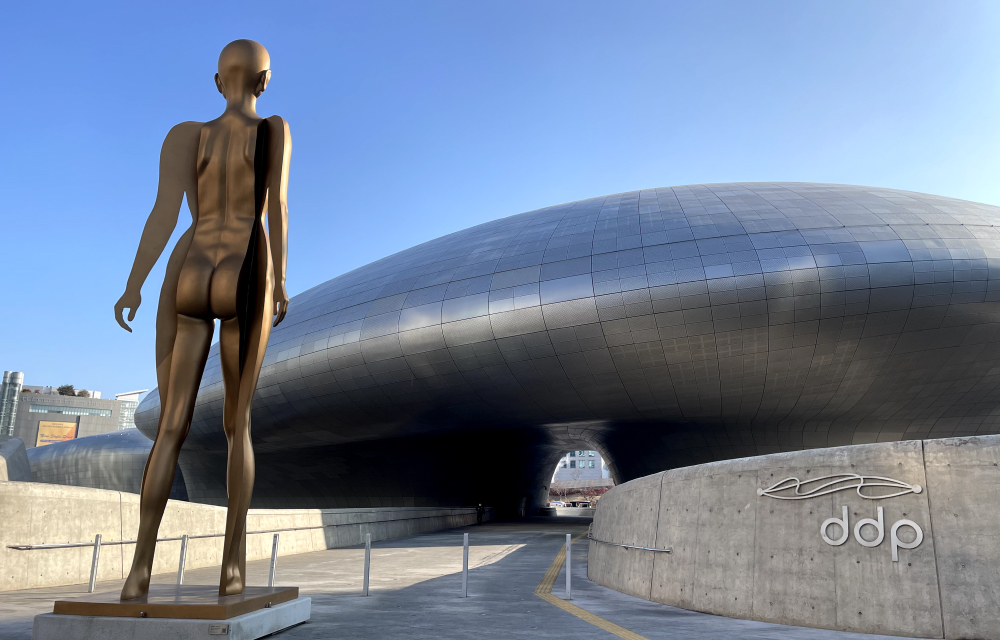
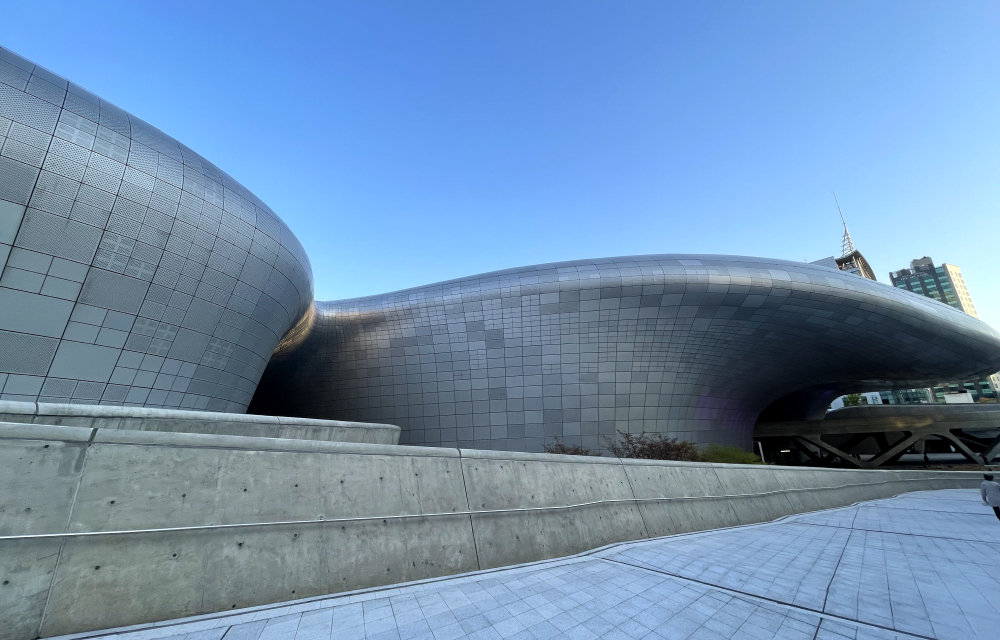
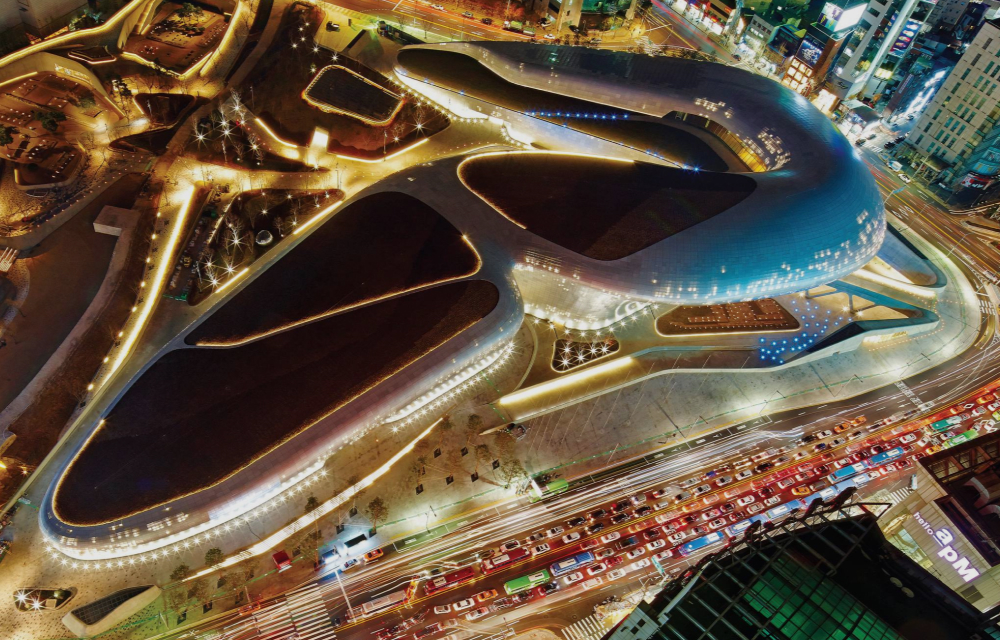
Innovative Construction Techniques and Design
The intricate and complex design of the curved DDP structure required innovative construction techniques from Samsung C&T’s E&C Group. The construction of the DDP, which began on 23 April 2009, used a 3D design technology called BIM (Building Information Modeling) which helped with the accuracy of its 3D curvature in construction. Exposed concrete techniques and the use of a high-quality concrete mix also contributed to the building’s striking form. Each of the 45,133 aluminum exterior panels is unique, with individual markings indicating their installation details. This level of detail demonstrates the complexity and engineering excellence behind the DDP’s construction.
Lighting plays a vital role in enhancing the DDP’s beauty, with perforated panels incorporated into the façade serving multiple functions, including aesthetic lighting effects, drainage, and structural integrity. The thoughtful integration of these elements contributes to the overall experience of the plaza.
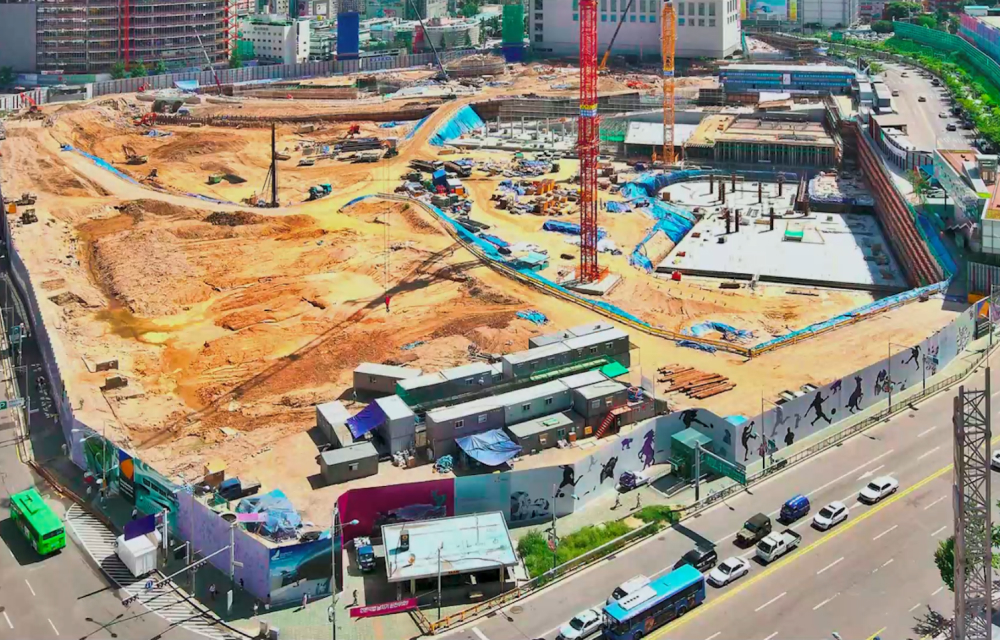
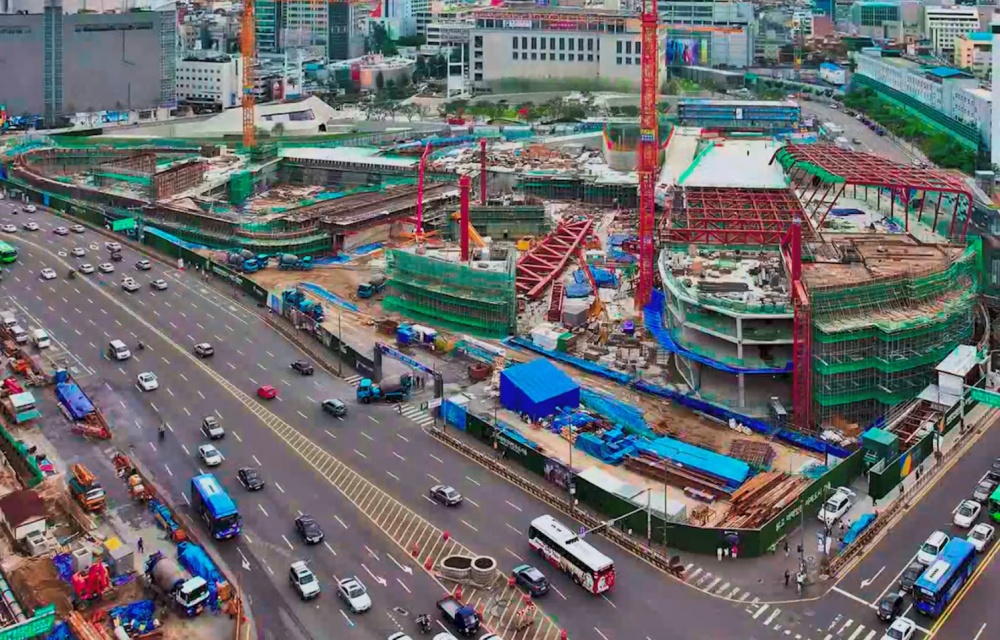
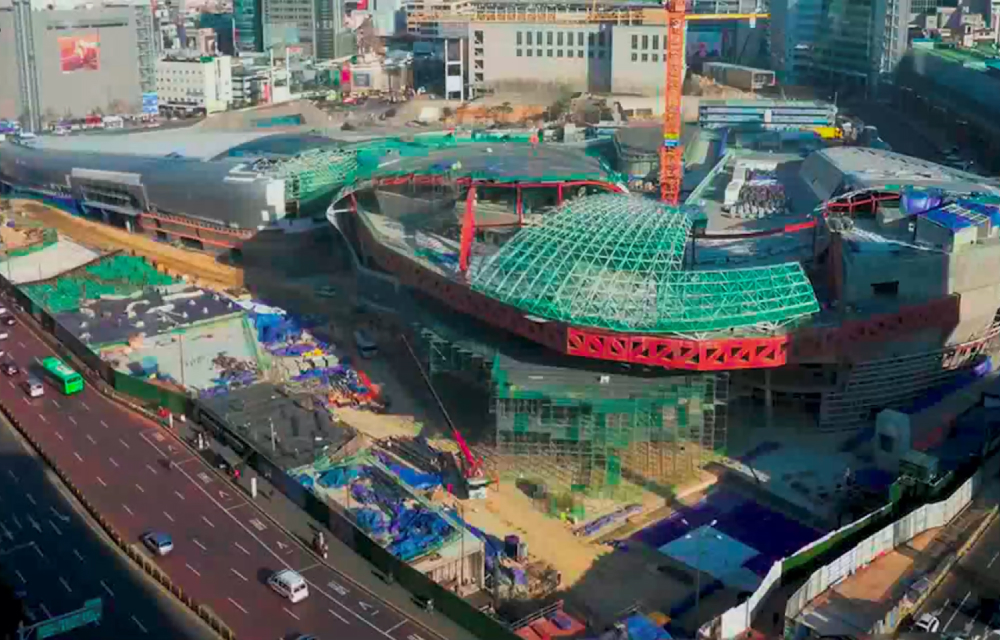
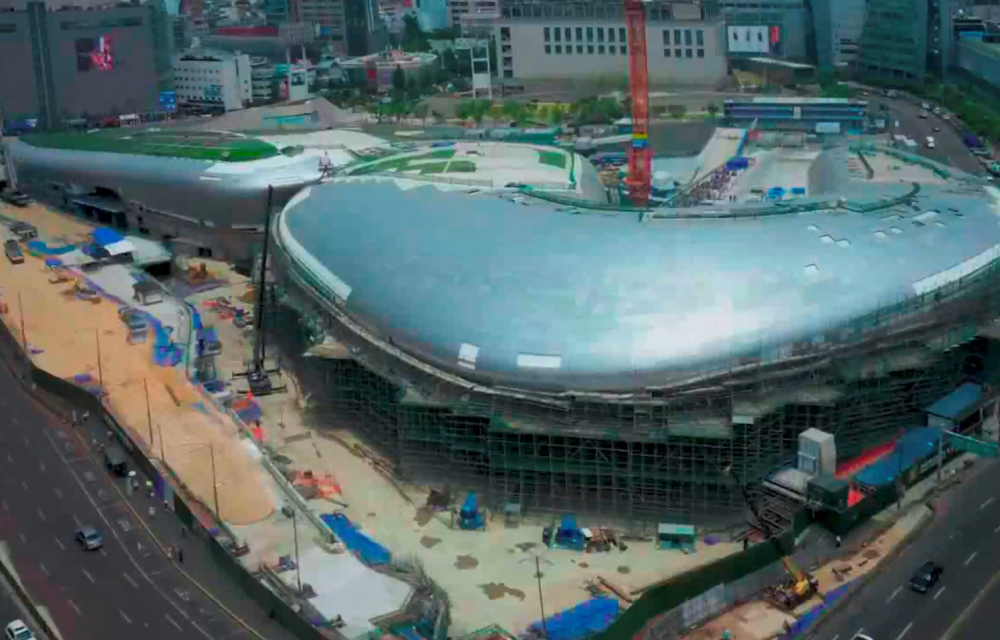
The DDP’s Warm and Inviting Atmosphere
The atmosphere inside the DDP is enhanced by the use of cotton aggregate materials, which add distinctive textures to the internal finishes. These materials, made of small cotton particles applied to a base of galvanized steel, create a unique and inviting texture that contributes to the building’s aesthetic. In addition, the use of luxurious artificial marble, known for its durability and strength, further elevates the space, providing a visually striking finish that balances the softer elements of the design.
The building’s design philosophy emphasizes non-linear curves and seamless flow, with windowless areas strategically incorporated to maintain this aesthetic. The hosts express appreciation for the DDP’s warm and soft atmosphere, highlighting how its beauty is complemented by the various events hosted within its walls.
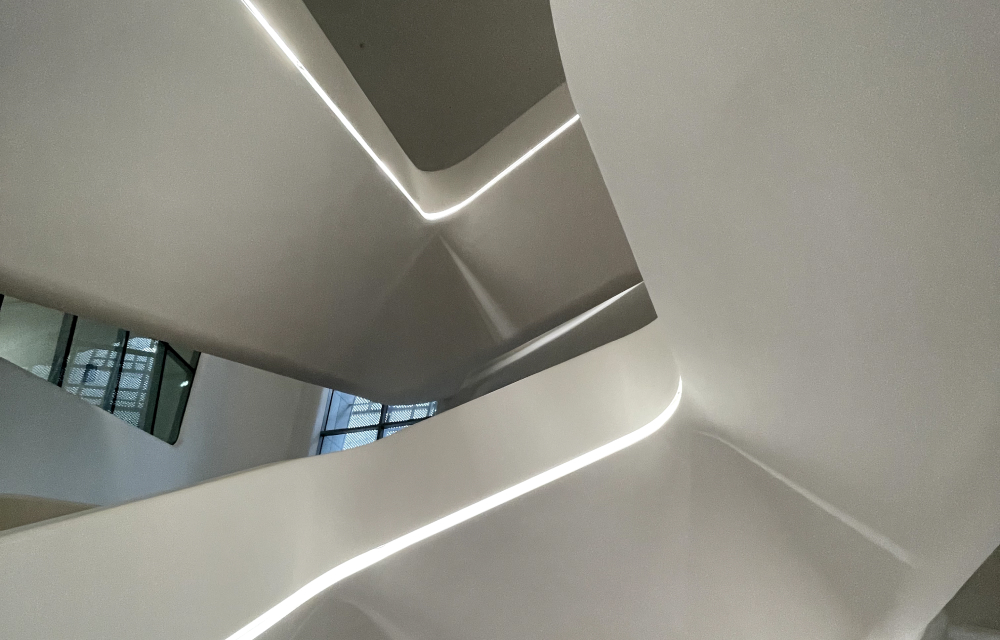
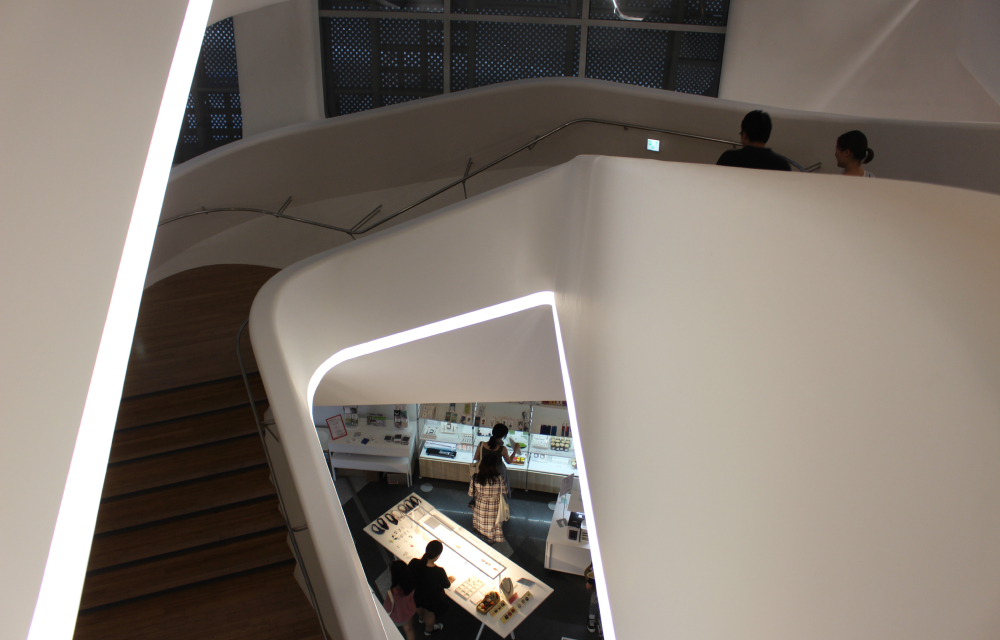
A Cultural Hub for Creativity and Collaboration
The DDP not only serves as an architectural landmark but also as a cultural hub for art and design in Seoul. Throughout the year, the DDP showcases various events, from art exhibitions to fashion shows, attracting local and international audiences. Public spaces like Olin Plaza foster interaction among visitors, creating a vibrant atmosphere that hosts events such as Seoul Fashion Week.
Every year, artists from different backgrounds are invited to create site-specific works, such as the Seoul Light DDP 2024 Autumn “Future Log” projection mapping installation. The integration of these installations throughout DDP enriches the visitor experience, inviting exploration and engagement with the art on display.
Samsung C&T is Shaping the Future of Urban Design
The Samsung C&T E&C Group is dedicated to evolving and creating solutions for a better world to achieve sustainable growth. The DDP project stands as a remarkable example of the group’s exceptional and innovative technological capabilities. Since the construction of the DDP, Samsung C&T’s E&C Group has completed remarkable engineering feats using state-of-the-art technology and construction techniques to build the world’s tallest buildings and redefine the skylines of cities worldwide, shaping the future of urban design.


